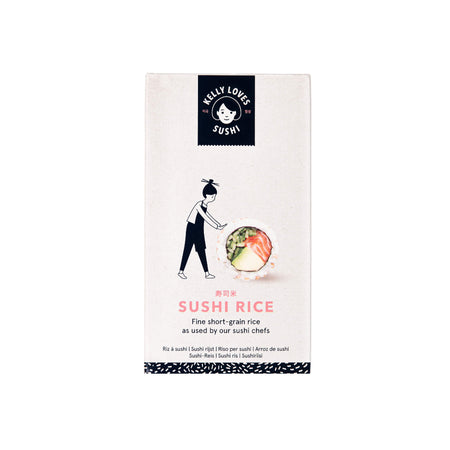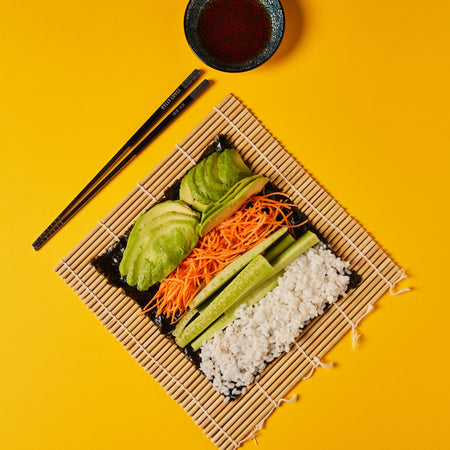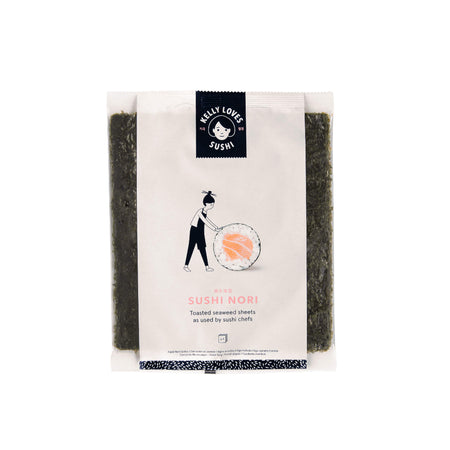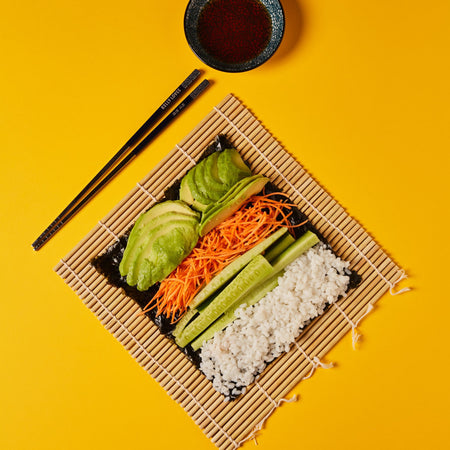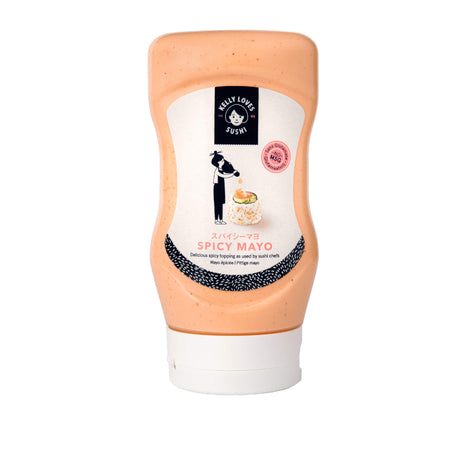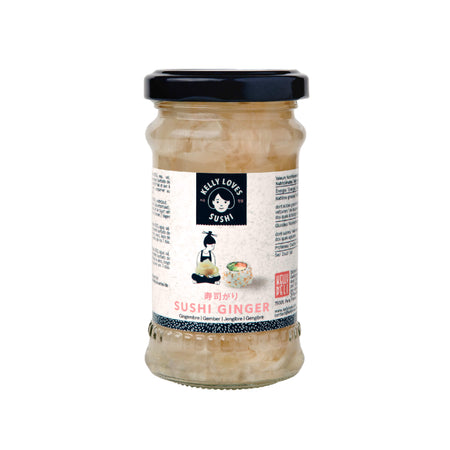Best Sushi for Beginners & How To Eat It

Fresh, tasty and nourishing, it can be a good source of omega-3 fatty acids and has no added fat.
And sushi looks as good as it tastes. Colourful, melt-in-the-mouth, bite-sized portions: sushi is sure to be a crowd pleaser when served at functions and events.
But eating sushi can make you feel self-conscious if you’re a beginner. How do you eat sushi? Is it OK to use your hands? Where do you put the wasabi?
Whether you’re eating sushi in the comfort of your own home, or in a Japanese restaurant, our little guide on how to eat sushi will help you make the most out of your experience.
What is sushi?
The name ‘sushi’ originated in Japan and refers to the rolls of sushi rice (made with rice vinegar). The history of sushi as we know it began there in Japan; they created the delectable sushi that we recognise today (rice with a small layer of fish on top).
Different types of sushi
There are five main types of sushi:
Nigiri
Nigiri is a rectangular mound of rice shaped by the hand (‘nigiri’ means ‘grip’). Nigiri is served in pairs. There is a slice of fish on top, often a cooked, butterflied king prawn or a slice of raw salmon or tuna.
Maki
Maki is a sushi roll — a ring of rice wrapped in seaweed with a luscious, colourful centre. There are different types of maki roll, varying in size. Fillings can include: raw fish, cucumber, avocado, fish roe and prawns.
Temaki
Temaki, also known as ‘hand-rolled sushi’, comprises a sheet of seaweed that has been rolled into a cone shape. The cone is then filled with rice and other fillings such as vegetables, fish and teriyaki meat. It’s easy and fun to make and much less fiddly than other types of sushi, so it’s a popular sushi to make and eat at home.
Uramaki
Just like maki, but with rice on the outside of the seaweed instead of inside. This style is typical in America because the seaweed is somewhat “hidden” under the rice. It’s often garnished with sesame seeds or roe for some added crunch.
Sashimi
Sashimi is a slice of raw, sushi-grade fish sliced delicately. As it’s served without rice, it’s technically not sushi, but you’ll see it on the same menu. You usually eat it using chopsticks, in one bite.
What is the best sushi for beginners?
Some sushi beginners like to jump in and try something new straight away, such as a succulent raw fish nigiri. While others might like to start with what they know. If you’re unsure, vegetarian maki rolls are an ideal starting point. You can try cucumber rolls, avocado rolls, asparagus, sweet potato, bell pepper and others.
Another gentle introduction to sushi is to choose cooked fish first. California rolls have cooked imitation crab meat (called surimi or kamaboko) combined with avocado and cucumber. Eel is always cooked and prawns are usually cooked (unless you’re ordering amaebi, also known as ‘sweet shrimp’ or ‘spot prawns’).
How should you eat sushi?
You can eat sushi however you feel comfortable; the most important thing is that you enjoy it! But if you’re looking for some direction on how to eat sushi, read through our step-by-step guide.
-
Pour some soy sauce into a dish. If you’d like a little spice, the wasabi can be gently ‘brushed’ onto the sushi with a chopstick as you eat. You can also mix the wasabi directly into the soy sauce.
-
If you’re eating in a restaurant and you’ve been given wooden chopsticks, separate them and place them down on the side of the plate. Don’t rub them together as it will imply that you think the chopsticks are low quality and that they’ll give you splinters. And don’t leave the chopsticks sticking out of the bowl or lay them on the table if you’re using them. Alternatively, bring your own reusable chopsticks along with you.
-
To eat the sushi, pick up a piece using chopsticks or with your hands (unless it’s sashimi — it’s more common to use chopsticks or a fork to pick up a slice of fish). Then, if you wish, you can dip the piece of sushi into the soy sauce dish. Make sure to dip the sushi fish-side or seaweed-side down (many people dip the rice into the soy sauce in error). These are the recommended sides to dip to avoid ruining the balance of flavours by over-dipping. The rice can soak up too much soy sauce and it overpowers the other flavours. Normally, you’d eat the white fish sushi first and then the rich, darker, oily fish.
-
Smaller pieces of sushi like sashimi and nigiri should be eaten in one bite, but larger American-style rolls may need to be eaten in more bites.
- Chew slowly and carefully so that you can taste all the delicious flavours. Take a bite of ginger in between eating each piece of sushi. This will serve to cleanse your palate so you can relish the full flavour of the next piece.
Can you eat sushi with your fingers?
Sushi is a great finger food: eating sushi with your hands is perfectly acceptable. In fact, eating sushi with your hands is a traditional way to eat sushi, especially nigiri.
In a restaurant, you’ll see many people using chopsticks, but don't feel embarrassed if you have to use a fork. Using a fork is preferable to stabbing the sushi with a chopstick if you don’t know how to use them – as the sushi will fall apart and you won’t experience the best combination of flavours.
How do you use chopsticks?
- Step 1: Hold your dominant hand loosely. Place the first chopstick in the hollow between your index finger and thumb, while balancing it on your ring finger.
- Step 2: Place the second chopstick in the same hollow, but rest it on your middle finger instead.
- Step 3: Your base chopstick should remain still but you can use your index and middle fingers to bring the tip of the upper chopstick to meet the tip of the lower. You’ll then pick up the sushi using the tips of the chopsticks in a pincer action. Practise and practise some more and you’ll soon get the hang of it.
Many people feel intimidated by all the options when they first try sushi. But that’s one of the best things about sushi — there are so many flavours to try. Let this guide encourage you to take that first taste. Eating sushi is easy and if you have a sense of adventure you can savour the finest, freshest ingredients. It's easy to get hooked!
If you feel intimidated by a restaurant, try eating sushi at home with a sushi making kit using the best ingredients. You’ll not only enjoy trying some authentic flavours in the comfort of your own home, but the process of cooking, cutting and rolling sushi is so much fun and accessible for all. It’s a great activity to bring friends and family together. Plus, sushi lasts in the fridge so enjoy your leftovers the next day! Why not give it a go with our sushi starter kit?